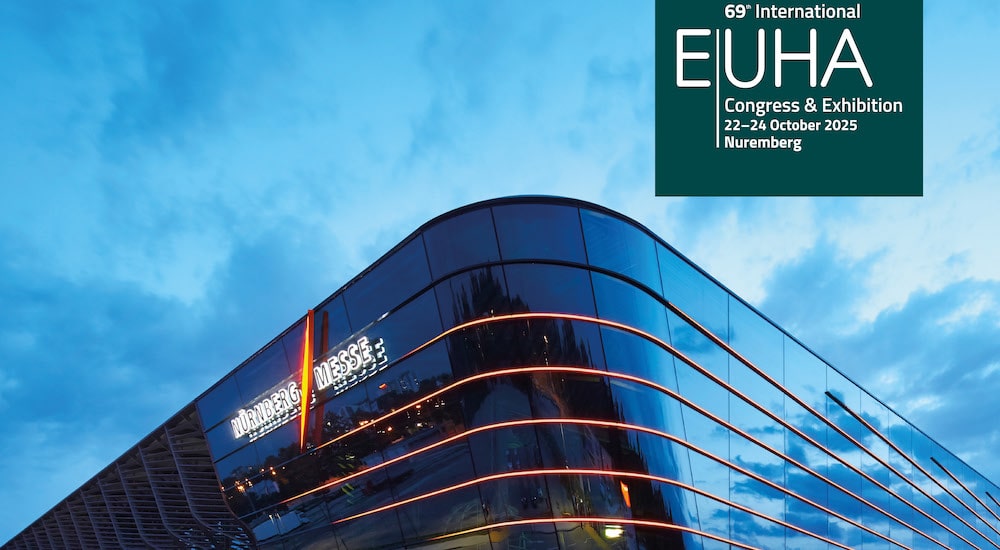On LOUDNESS Madness
fittings
Leading UK audiologist Raúl García-Medina shares his thoughts on the problem of loud sound in correctly adjusting hearing technology, reminding professionals of the usefulness of categorical loudness scaling.

On the March 3, 2022, the WHO celebrated ‘World Hearing Day’ once more. This year’s theme was to hear for life, listen with care, which focused on the importance and means of hearing loss prevention through safe listening. It highlighted noise control as one of the key interventions, and stressed the importance of mitigating exposure to loud sounds.
Although the conversations mostly evolved around recreational noise exposure, it is important that the profession once more reconsiders what and how we offer our services.
There is potential room to include how our rehabilitation processes may also have an impact on extenuating the detrimental implications of the excessive high-intensity levels of sound that hearing technology is capable of producing.
This also brings afore another concept from the days of studying psychoacoustics: loudness!
Softness imperception
Well known to us are the effects of cochlear damage and sensorineural hearing loss (SNHL) in the perception of sound and its association with loudness recruitment and decreased cochlear compression due to a reduced dynamic range. The rapid growth of loudness in SNHL compared to ‘normal-hearing’ is well documented, but a controversial phenomenon described by Buus and Florentine (2002) as ‘softness imperception’ has now been introduced. The loudness of sounds at and near threshold may be higher for listeners with SNHL than for those with normal hearing. Essentially, listeners with SNHL appear to perceive sounds near their threshold as being louder than listeners with ‘normal-hearing’.
Irrespective, responses from UK hearing aid owners collated in the 2018 EuroTrak study captured that in relation to ‘sound quality/signal processing’, 14% of those respondents were dissatisfied with the ‘comfort with loud sounds’. Despite employing Wide Dynamic Range Compresson (WDRC), prescriptive fitting formulas, and verification measurements (Real Ear Measurements – REMs) taking into account Uncomfortable Loudness Levels (ULLs) to set the appropriate MPOs, many hearing aid users are still discontented with the overall loudness of their hearing instruments.
Now, loudness and intensity are two distinct concepts. Loudness, remember, is a psychological perception associated with sound and considered a perceptual variable. It refers to the listener’s subjective interpretation of the intensity of a sound. Although the sensation of loudness is intrinsically associated with the physical intensity of a sound (i.e. Sound Pressure Level – SPL), it is also dependent on the spectral and temporal properties of that sound, as well as other variables. This is not well captured when conducting ULL measurements employing pure tones, and it only remotely relates to everyday stimulus/sounds encountered in the real world.
Categorical loudness scaling
Several psychoacoustic procedures have been developed to quantify loudness in humans, including but not limited to: loudness matching, magnitude estimation, cross-modality matching, and loudness scaling.
The majority of these procedures have been deemed unsuitable for clinical application due to being time consuming, requiring extensive training, and resulting in questionable subject interest reliability. Of all of them, categorical loudness scaling (CLS) is the one that may potentially circumvent these problems; however, CLS has been criticised because of continuing concerns related to the reliability of the measurements, and because it uses arbitrary ordinal units [categorical units (CUs)] that are difficult to relate to standard units of loudness (sones) or loudness level (phons).
In CLS, signals of different intensities (bounded between just above threshold and uncomfortably loud) are presented to a listener who is asked to rate the loudness of each signal using a series of loudness categories usually assigned meaningful descriptors, such as very soft, medium, loud and very loud.
“Oh, that’s too loud.”
In practice, these measurements are carried out employing narrow band signals at different frequencies, leading to Equal Loudness Contours (ELCs) at those frequencies for the particular subject. These measurements can yield individualised ELCs and, in turn, these personalised derived ELCs can then be utilised in the fitting of hearing technology. One can also determine the individualised ELCs in the unaided as well as the aided conditions. Recently, studies have been carried out by Hörzentrum Oldenburg (Oldenburg House of Hearing) in Germany, employing loudness optimised gain adjustment for hearing aids. This is a procedure that aims to restore binaural broadband loudness perception in people with hearing loss based on the fact that most fitting methods use sinus tones as standard signals to measure hearing thresholds, which are actually not suitable to predict loudness perception for broadband signals such as speech.
Watch this space, as we may soon stop hearing from our hearing aid users: “why do you test me listening to tone beeps and whistles?”, or even the old adage “oh, that’s too loud”.
Source: Audio Infos UK issue 147 March-April 2022




